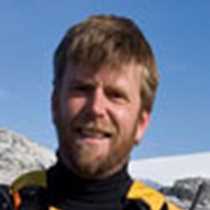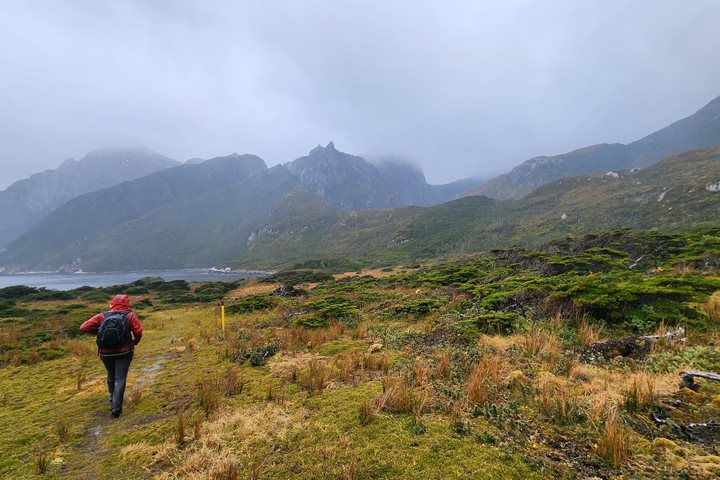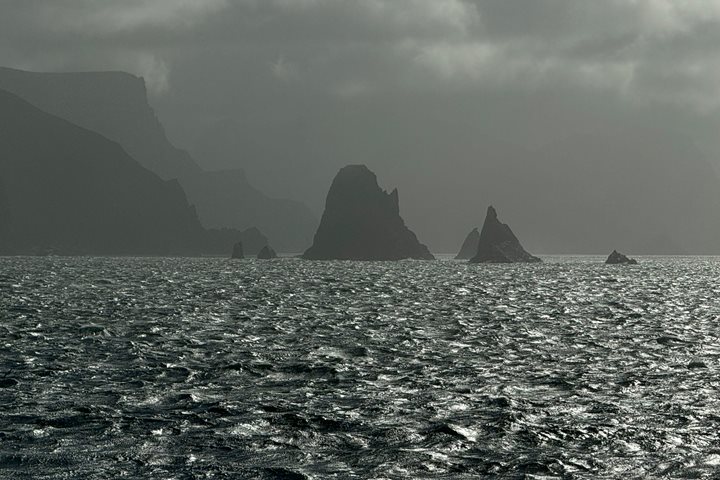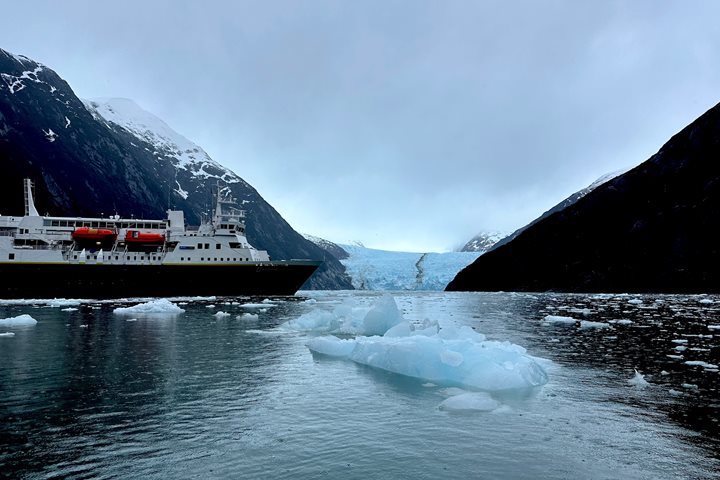After breakfast, we got underway from Ushuaia and immediately began with our lifeboat drill, complete with roll call, lifejacket orientation, and an introduction to the lifeboats themselves. The winds were merely stiff, but soon they would get stiffer. As we slowly steamed out of the Beagle Channel, the winds increased. Still in the protection of the narrow canal, we slowly made our way to set up for a good overnight start to tomorrow’s destination, Isla de los Estados.
Certified photo instructor Dave enlightened us with photography tricks on our trusty iPhones, and naturalist PhD Javier shed light on the capabilities, migrations, and origins of our feathered friends, the birds. We fit our muck boots and traded in for different sizes if needed.
To close the day, we did a small lap in the Beagle to enjoy the relative calm during our Captain’s Cocktail Party. Our Finnish Captain Peik entertained with jest and joke, introducing our officers and putting everyone at ease in his good hands. We learned that you can call the Captain ‘fish,’ you can call him ‘troll,’ but you can’t call him ‘Swede.’ And now, he, and our day, is Finnish.







